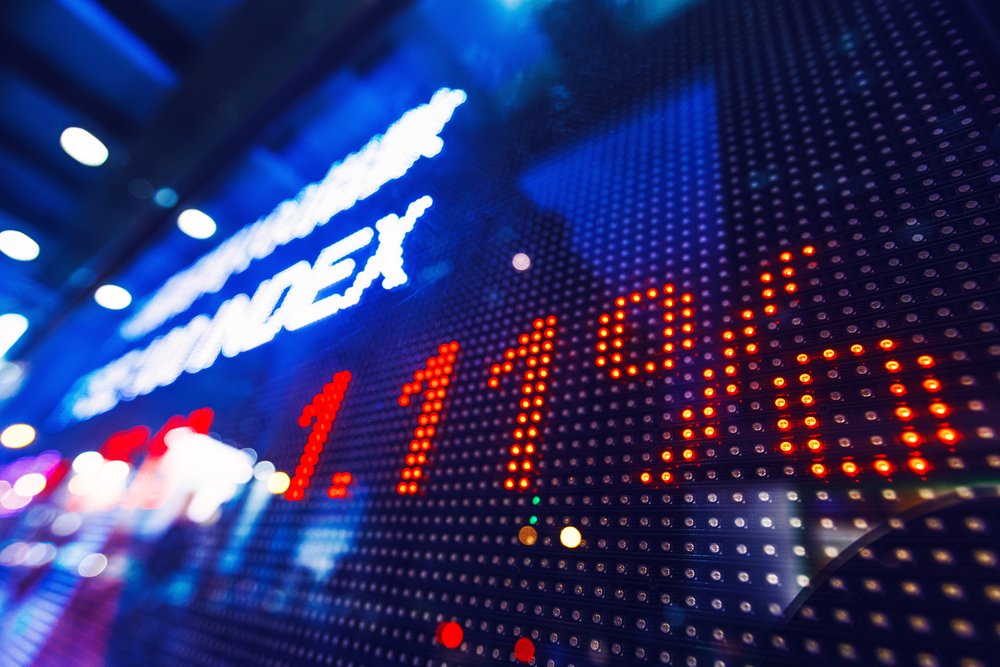October Investment Update

Contents
After declining in September, the equity market is now celebrating the economic recovery from the COVID virus and solid growth in U.S. corporate earnings. The S&P 500 Index is now up 22% for the year and is poised to move higher as economic growth is only hindered by distribution bottlenecks in imported and manufactured goods. The goods inventory scarcity is likely to be temporary, and it should take four to six months to normalize the distribution from ships to ports, trucks, trains and stores. The decline in inventories has caused price hikes in goods and services, yet consumers have registered higher confidence levels, are consuming and traveling more, and are returning to work. Job availability remains high, yet some Americans are choosing retirement, self-employment or part-time work rather than a return to the office.
Economic conditions are supportive of equity market valuations since GDP is 2%, the national housing market remains buoyant, and retail sales activity is increasing. Recent corporate earnings reports are surprising investors and analysts on the high side. The information technology, industrial, and financial sectors so far reported earnings that were mostly better than expected. As examples, Alphabet reported 41% better revenues and 82% better earnings than last year, while Microsoft reported 22% revenue growth and 25% stronger earnings. As earnings season progresses, companies in the energy, basic materials, and consumer discretionary sectors will most likely also provide higher earnings guidance. While costs for labor, transportation, and energy have risen recently, most companies have been able to raise prices to retain strong operating earnings. We should see further upside for the equity market valuations through year-end.
The Federal Reserve is poised to taper its bond purchases and reduce the stimulus that was provided during the pandemic. With inflation rising and employment growing steadily, the time is right to let the fixed income market normalize. In addition, the $5 trillion fiscal spending boost that the U.S. government provided with PPP loans, extended unemployment checks, and rent forgiveness will sunset over the next few weeks. The gradual reduction in Quantitative Easing and fiscal spending does not necessarily mean interest rates will rise or the economy will falter. On the contrary, the economic momentum will be sustained by increased consumer and business activity. As an indicator of future interest rates, the 10-year U.S. Treasury Note is yielding 1.55% today, but the consensus among bond market investors and strategists is for this to rise to only 2.38% by the end of 2022.
The government focus on the highly-debated infrastructure spending bills would boost short-term economic growth, but also add to inflationary pressures and raise taxes. The longer these daily, heated negotiations and revisions prevail, the lower the probability that anything is passed.
Index
Total Return through 10/30/21
S&P 500 Index.........................................................22.2%
Mid-Cap 400 Index................................................20.8%
S&P Small Cap 600 Index....................................23.2%
MSCI All-World Cap International Index....15.6%
Investments are not a deposit or other obligation of, or guaranteed by, the bank, are not FDIC insured, not insured by any federal government agency, and are subject to investment risks, including possible loss of principal.
About the Author
Trust and Wealth Management Services Team
Planning for the future is difficult. It requires forethought, making long-term decisions today and trusting someone to carry them out for you. Crews Bank & Trust offers professional investment management services, estate administration services, and trust administration. Our experienced Trust and Wealth Management professionals can personally help guide you and your family through estate planning issues and offer strategies that may help secure your family’s financial future for years to come.

